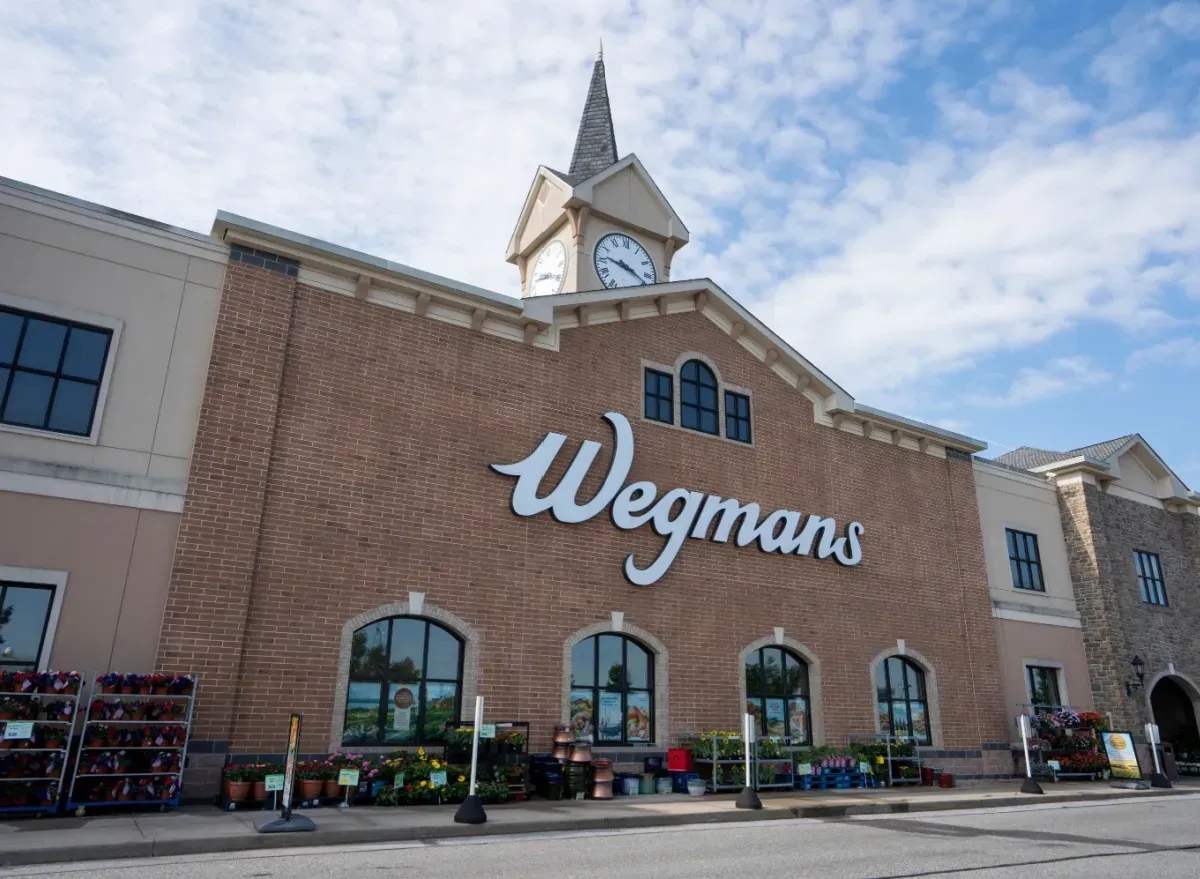DEERFIELD, Ill. — Greg Wasson will retire as president and chief executive officer of Walgreen Co. this month, paving the way for his counterpart at Alliance Boots GmbH, Stefano Pessina, to tighten his control of the combined Walgreens-Boots Alliance once the two-stage merger of the companies is completed.
Greg Wasson will retire as president and chief executive officer of Walgreen Co. this month, paving the way for his counterpart at Alliance Boots GmbH, Stefano Pessina, to tighten his control of the combined Walgreens-Boots Alliance once the two-stage merger of the companies is completed.
Wasson, 56, will step down after the deal closes, presumably on December 29 following a shareholder vote, Walgreens announced on December 10.
Pessina, 73, will serve as acting CEO while the company looks for a successor. Pessina will be the largest shareholder in Walgreens-Alliance Boots, with 16% of the shares. James Skinner, chairman of Walgreens and a former McDonald’s Corp. CEO, will become executive chairman of the combined company.
"When I became CEO six years ago, I had three goals — to transform the front end of Walgreens drug stores, to advance the role that community pharmacy plays in health care and to find the right partner to take Walgreens global," Wasson said. "With the creation of Walgreens-Boots Alliance, it is now time for new leadership to move that vision forward building on the global platform we have created, executing on the company’s many opportunities and creating long-term sustainable value for our customers and shareholders."
The merger process was begun in 2012, when Walgreens paid about $6.7 billion for a 45% stake in Alliance Boots, Europe’s largest drug wholesaler and a retailer with 4,600 pharmacies, mostly in Europe but also in Asia. The deal gave Walgreens the option to buy the rest of the company by 2016 for $9.6 billion, an option it exercised in August.
The union comes as drug stores confront change on several fronts, from health care systems to pharmaceutical innovation and from heightened competition across channels to an Internet-connected customer base.
Pessina’s growing influence could accelerate the transformation of Walgreens’ front-end operations, making the retailer more like Alliance Boots, which controls about 40% of the U.K. market for high-margin beauty products.
"Twenty years ago, Boots was making its money on the pharmacies," Pessina said in August during a conference call to discuss the second stage of the merger. "Today, 75% comes from the front of the stores."
Wasson took much of the heat for a plan pushed by some of Walgreens’ institutional investors and backed by Pessina to relocate Walgreens-Alliance Boots to the United Kingdom in a tax inversion, a maneuver that allows a company that does most of its business in the United States to cut its federal tax bill by merging or buying an overseas company in a lower-tax country and relocating its headquarters there.
Walgreens bowed to opposition to the plan and announced in August that Walgreens-Boots Alliance would be domiciled in the United States and headquartered in the Chicago area. Some analysts speculated that Wasson’s retirement could put the inversion issue back on the table.
Wasson joined Walgreens in 1980 as a pharmacy intern while a student at Purdue University’s School of Pharmacy. He managed retail pharmacies in Houston and was named regional vice president of store operations. He later assumed executive roles in the Walgreens Health Initiatives division.
Under Wasson’s leadership, Walgreens updated its retail pharmacy operations, added 1,600 stores and acquired New York-based pharmacy chain Duane Reade. Wasson also identified Alliance Boots as a partner that would make Walgreens "the first global, pharmacy-led health and well-being enterprise."





